What is Parts Kitting and Staging?
Parts kitting and staging are two important processes in manufacturing that contribute to reducing equipment downtime and improving maintenance efficiencies by ensuring that all the necessary parts and materials are available to successfully execute a work order. These processes minimize delays caused by searching and waiting for parts and materials within the storeroom.
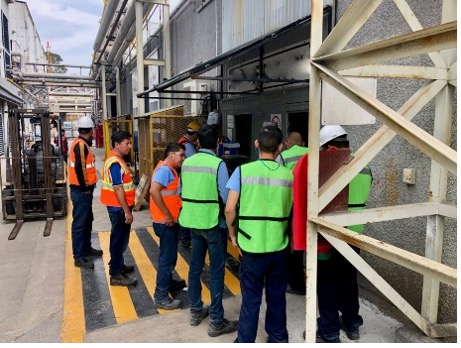
What are the definitions for Kitting and Staging?
Kitting: A collection of parts, materials, specificality tools and equipment required to complete the tasks described on a work order to the required repair standard.
Staging: Once the kit is prepared, the kit is staged in a designated, secured location close to the maintenance shop or repair location for retrieval by maintenance technicians.
What are the benefits of Kitting and Staging?
Well-managed parts kitting and staging processes have several benefits and cost savings. They are as follows:
Reduces Equipment Downtime – Work kits, with all the necessary parts and materials, allows maintenance repair work to be executed without delay minimizing equipment downtime.
Increases Technician Productivity – Access to staged work kits, conveniently located within production areas, reduces maintenance technician’s time standing in line for parts or making multiple trips to the storeroom searching for parts.
Improves Bill Materials (BOMs) – Feedback from maintenance technicians on incorrect parts and materials in the work kit initiates revisions and corrections to BOMs.
Increases Inventory Cost Savings – Utilizing the parts reservations feature within the CMMS through the planning process, procurement can be done in a more or organized and efficient manner. By knowing the material requirements parts expediting is minimized, reduces lead times and improves vendor relationships.
What Work Orders Should be Kitted and Staged?
Only planned work orders for corrective, shutdown and outages should be kitted and staged. This allows maintenance technicians to execute quality repair work within the estimated hours assigned in support of overall equipment reliability.
In some manufacturing industries, preventative maintenance (PM) work orders that require repetitive expendable items such as seals, filters, or lubricants can also be kitted if the materials are not conveniently located within the production areas.
A good key performance indicator (KPI) to track and reference between maintenance and the storeroom is 85% of corrective, day to day work and 95% of shutdown items are kitted.
9 Steps to Improve Parts Kitting and Staging
Step 1: Develop Kitting and Staging Business Process
Without discipline or lack of well-defined planning, scheduling, materials and spare parts management business processes, the storeroom can quickly be overburden with excess parts kits for jobs that have been rescheduled, delayed or canceled.
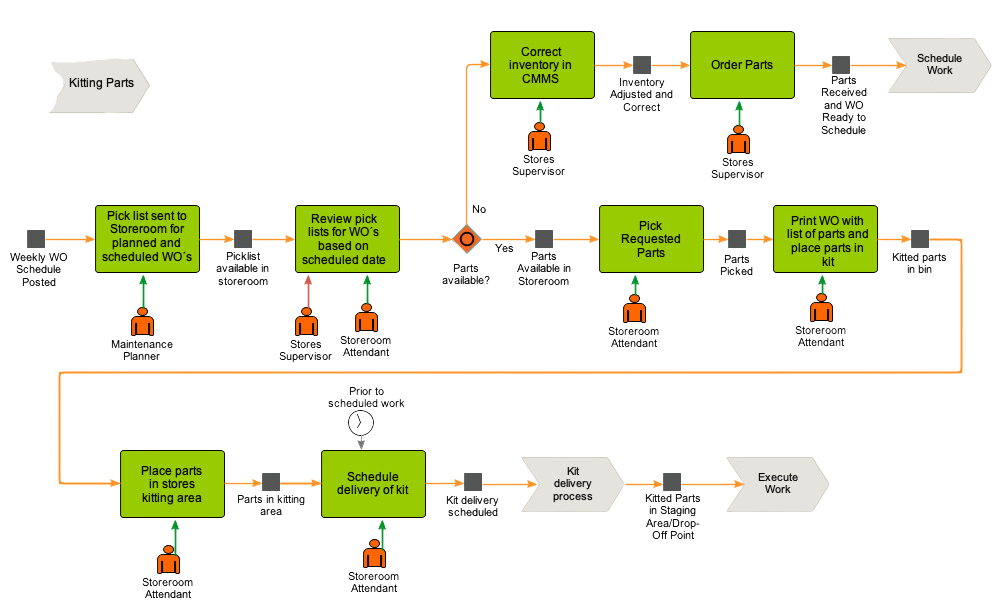
Kitting and staging are effective and efficient in proactive maintenance cultures where there is confidence in the execution of planned and scheduled work. The backlog goal for non-shutdown work that is “ready to schedule” is 1-2 weeks. There must be sufficient room to kit and stage these parts, materials and any specialized tools.
Step 2: Create Detailed Job Plans
Planners plan the work order by field job scoping and identifying the correct parts and materials. Using comprehensive and accurate bill of materials (BOMs) enable planners to order or reserve needed parts while primarily focusing on creating detailed instructions for the crews. A process must be in place for the technicians to provide feedback to planners for the refinement of BOMs when deemed necessary. Inaccurate BOMs will lead to kitting of inaccurate parts and materials which will reduce the confidence of the overall kitting process, result in false starts, delays, or makeshift repairs.
Step 3: Send Pick List to Storeroom
Once the work orders are planned and a future scheduling date has been assigned, a pick list will be autogenerated within the CMMS for the storeroom.
Step 4: Assemble Work Kit
Designated storeroom personnel will pick requested stock, direct-purchase items, materials and the tools required to execute the work from the pick list and scheduled start date. Reusable boxes, containers or bins should be used to hold, organize and protect the contents of the work kits.
All completed and partial work kits are stored in a secure kitting area within stores to prevent the disassembly or stealing of any parts. A printed copy of the work order is added to each completed work kit.
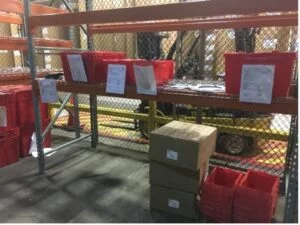
Step 5: Notify Planner Work Kit is Complete
Your CMMS should have the functionality to inform the planner when the work kit is complete. The work order status is changed to “ready to schedule” by the planner or this is this done automatically within the system. Planners and storeroom personnel discuss and confirm the drop point if there are multiple locations or specific instructions.
Step 6: Schedule Delivery of Work Kit
When the work is scheduled, work kits are delivered to secured staging areas (workshops), drop points or directly to the job site by designated storeroom personnel. Proper mobile equipment has to be used to transport the work kits. All boxes and loose materials are marked with work order numbers and each work orders have the location of the work kit denoted. This assists the maintenance supervisors and technicians to locate the work kit.
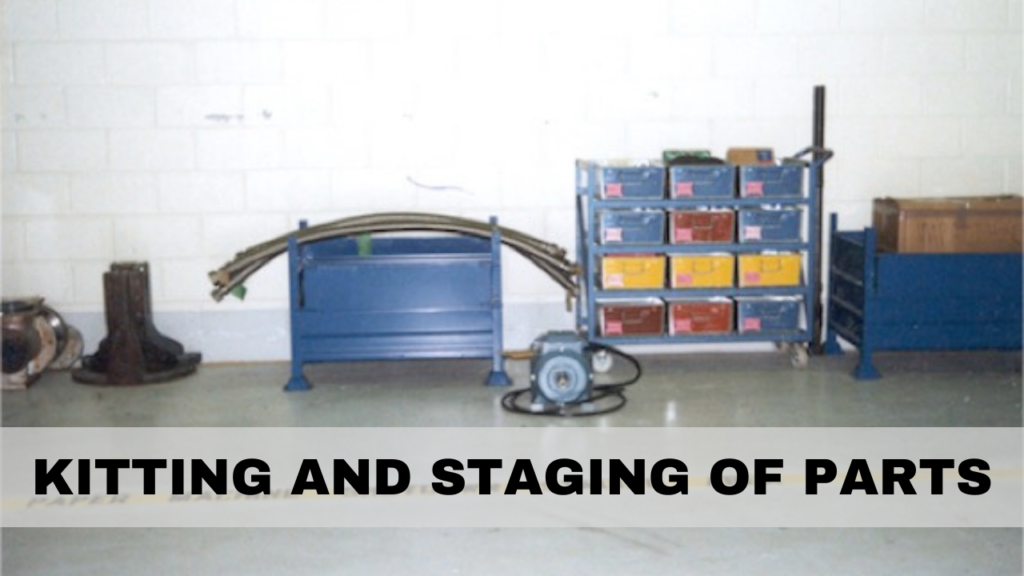
Drop points must be clearly marked, well lit, close to work sites, kept clean and organized, accommodating to various part sizes and must be protected from traffic, the elements and theft.
Turnarounds and shutdown work kits are usually stored in a convex box or an allocated space within the manufacturing site. The space has to accommodate items such as large pieces of equipment, piping that will be prepped or fabricated before installation. Typically, a material manager is assigned to track, coordinate and manage project or shutdown parts and materials so they are not lost, used or misplaced.
Step 7: Verify Accuracy of Work Kit
Each manufacturing site must designate the person(s) responsible for the verification of the work kit content and when it occurs. This topic is hotly debated. There are many variables such as the physical layout of the site, the close proximity to the storeroom and availability of resources.
For many sites, this is a task for the storeroom personnel before the kit is delivered to the staging area. At other sites, it may be the maintenance supervisor, planner and/or technicians who review and confirm the work kit contents in the staging area.
Step 8: Manage Work Kits
Work kits require discipline and oversight. The best way to control a work kit is to ensure that it is staged in a secure area, preventing the contents to be “cannibalized” for other or reactive work.
Procedures must be in place to ensure that only authorized personnel can enter the staging area and remove kits for work to be executed during all shifts and weekends.
Within the staging area, a designated returns area is identified for extra or unused parts. Storeroom personnel delivering the parts kits should be assigned to pick-up the partial kits within the returns area. A well-managed return-to-stores process is essential for work kit management. Items returned back to the storeroom should be controlled, by certifying the part is usable again (no holes drilled, missing assemblies or damage) and re-binned for future projects.
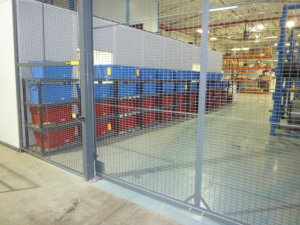
Step 9: Monitor Non-Moving Work Kits
Kitted parts for scheduled work that is deferred, canceled or rescheduled should be removed from the staging areas after a period of time. Typically, this is 2 weeks. If the kitted parts are not used by scheduled date, there are opportunities for these parts to be used in another work kit for another area of the site. Eliminating the need for stores to re-order another one. If they are direct-purchase items, there is sufficient time to work with the vendor to return the item.
Key Takeaways about Kitting and Staging Parts for maintenance work.
Both parts kitting and staging contributes to reducing equipment downtime and improving maintenance efficiency.
You’ll have the requested stock, direct-purchase items, materials, required tools and resources available to execute the planned work order from start to finish.
Using these processes effectively will minimize the delays caused by searching or waiting for parts and materials at the start of the shift or before that start of each job.




